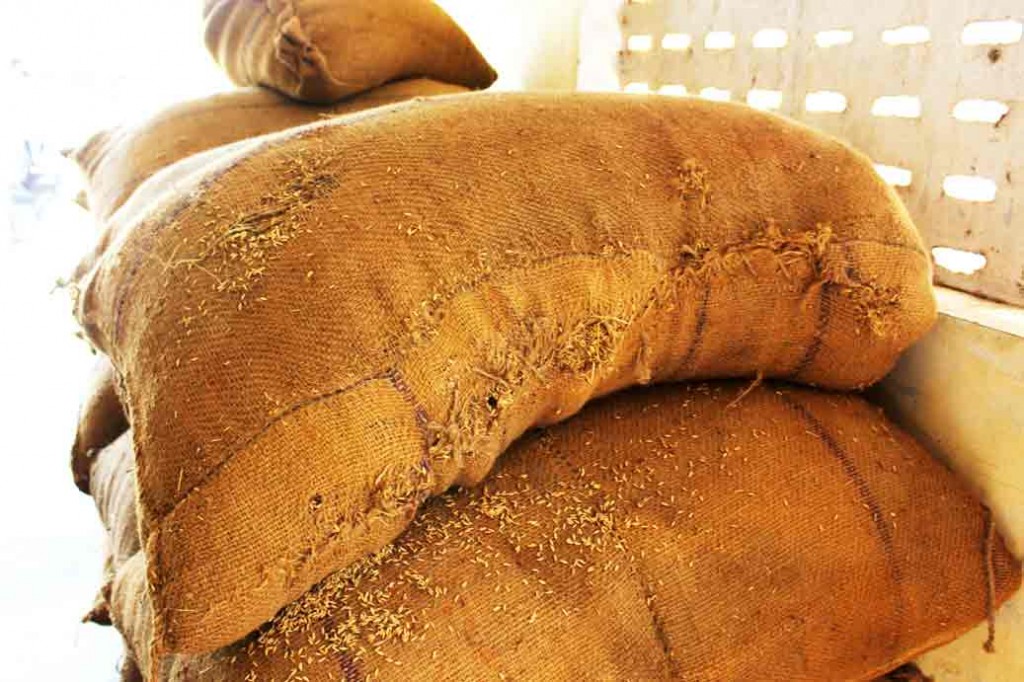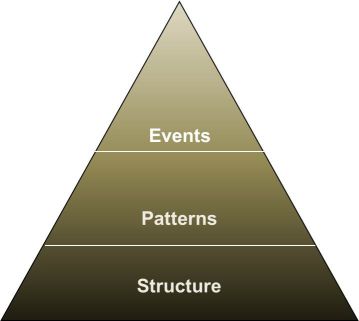by Kari A. Wozniak, Project Coordinator, ADM Institute

Postharvest losses occur along every step of supply chains in developing countries due to lack of infrastructure, improper handling, rodents and pests, and other reasons. © ADM Institute
The landscapes approach means being holistic and integrated. It means unifying management efforts around achieving the triple win: increased yields, boosted incomes, and lowered greenhouse emissions. Certainly a good idea as it sounds, but how does one practically go about doing it? That’s what the dozens of plenary and technical sessions of the 2013 Global Landscapes Forum sought to unpack. As I listened in, two observations stuck with me throughout. The first: participants promoted many climate-smart uses of landscapes that would increase both productivity and efficiency of agriculture worldwide, but largely neglected the essential need to reduce postharvest losses. What comments few did contribute on the topic, albeit important, were limited to highlighting the gravity of the issue.
The second: that postharvest loss needs to be included more extensively in discussions, and not only because it is a major problem. Real solutions that panelists and audience members focused on in discussions on every topic from finance to ecology to governance were centered around reaching a systems understanding of landscapes. In one session, Rachel Kyte, the VP of Sustainable Development of the World Bank, described what this would look like, “Good data coming from all sides and pooling together to construct the makeup of a landscape”.
Getting ‘good data’ in ways beyond the “sporadic and anecdotal”, terms used by Kyte to describe current landscapes efforts, is a key challenge limiting efforts to prevent postharvest losses. The complexity of food supply chains make it difficult and expensive to measure what losses do occur, let alone monitor and evaluate potential solutions. Nonetheless, as we know at the ADM Institute for the Prevention of Postharvest Loss, an informed understanding of the system is a key requirement for the prevention of loss.
Since it was founded two years ago, the ADM Institute has focused on finding innovative ways to understand the postharvest system. We use the perspective suggested by the concepts of systems dynamics (SD), which aligns with a point raised in one session at the GLF on investment for landscapes by Peter Bakker, President of the World Business Council for Sustainable Development. “We keep fixing crises as individual crises. We won’t achieve sustainable development in our supply chains until we take a holistic approach.”
A systems dynamics approach allows us to take a more informed view of problems. As humans we most naturally view problems as ‘events’, an example being a single occurrence of loss. Behind each ‘event’, however, there are patterns driving the events, which themselves stem from the nature of the structures that make up the food system at its core. At the ADM Institute, funded research in the disciplines of applied sciences, business management, and engineering, in addition to key partnerships, is informing the implementation of the SD approach.
Rachel Kyte, informally known as the “Climate Warrior”, opened Day Two of the Global Landscapes Forum by congratulating its over 1,000 participants. I learned what a significant achievement the GLF is, as Kyte said, “for some time we’ve wanted a platform that combined the significant efforts of World Forestry Day and Agriculture and Rural Development Day, and this year, here we are”.
This important process of pulling cross-sector resources, ideas, and information into one dynamic approach is what I saw at the Global Landscapes Forum. This is exciting, as it shows what great potential exists among a vibrant community of research worldwide to develop actionable and sustainable interventions for postharvest loss.
For more information about the ADM Institute and its research, please see its website.



No comments yet.